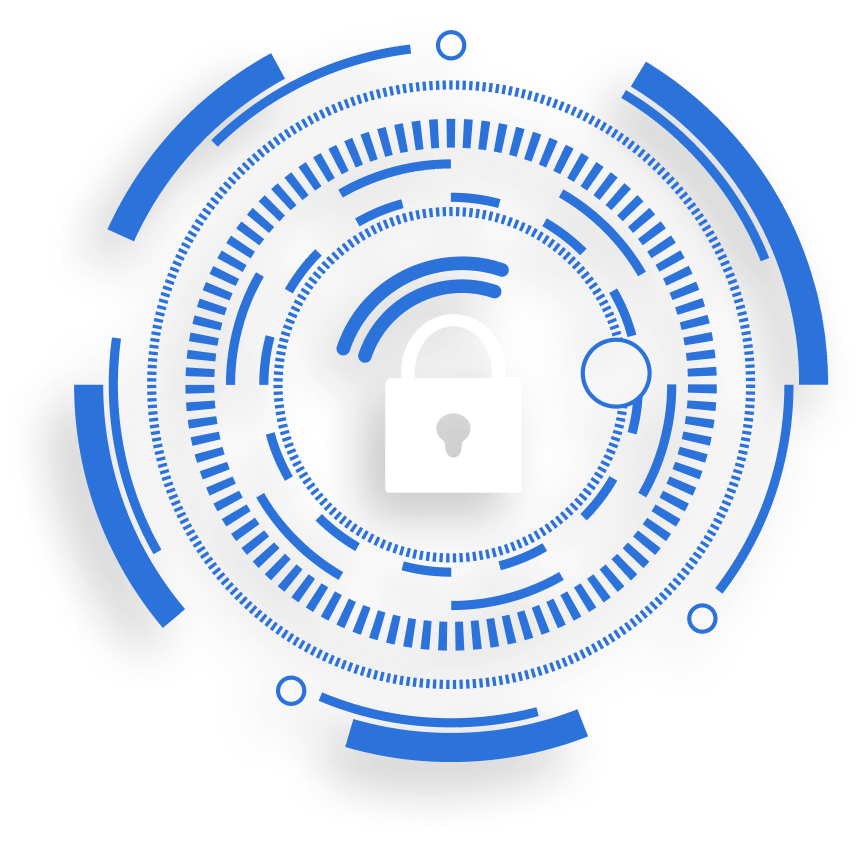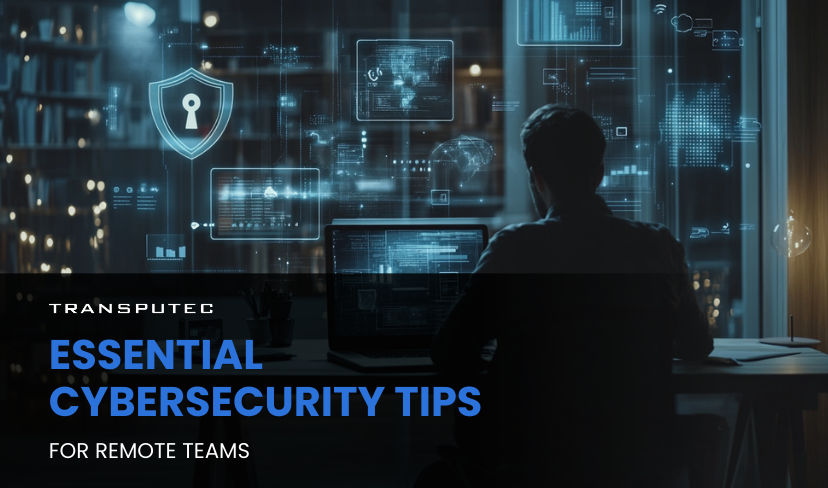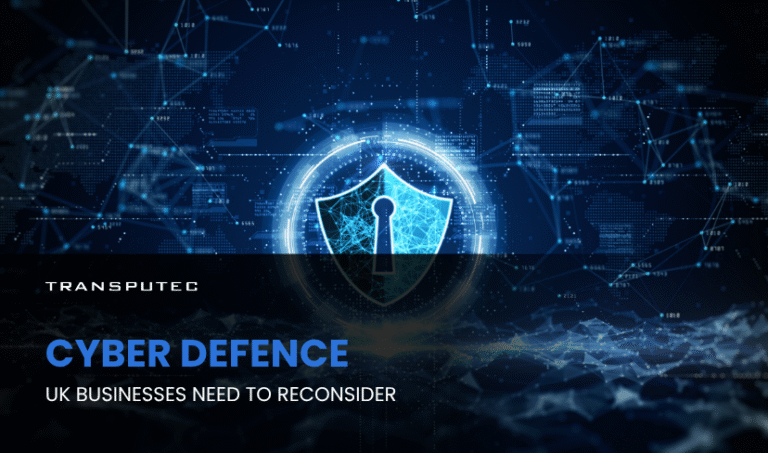Written by KRITIKA SINHA | MARKETING
Your team is only one wrong click away from a major breach. A well-meaning employee opens a phishing email. A manager uses the same password across tools. Someone logs in through an unsecured Wi-Fi connection while working at a café. These aren’t hypothetical risks; they’re daily realities for remote teams across the globe.
With remote and hybrid work models here to stay, companies are facing growing security threats.
This blog provides a detailed list of Cybersecurity Tips specifically for remote teams, based on industry experience, tested practices, and real-world challenges. It also covers how Transputec supports businesses by securing remote environments with the right mix of tools, training, and threat detection. Expect practical guidance, real solutions, and expert insight—not just theory.
Why Remote Work Requires Stronger Cybersecurity Measures?
Remote work is not just about flexible hours—it’s also about fragmented devices, varied networks, and multiple access points. Here’s why that’s a security concern:
- Unsecured home networks: Many employees don’t change their default router passwords or encrypt their Wi-Fi.
- Inconsistent software updates: Without enforced patching, vulnerabilities stay open.
- Personal device use: BYOD (Bring Your Own Device) increases attack surfaces.
- Lack of physical oversight: No IT team is nearby to step in when something goes wrong.
Remote workers need the same level of security as those inside office networks. The question is, how do you deliver that protection without disrupting productivity?
Cybersecurity Tips to Protect Remote Teams
Below are 10 essential Cybersecurity Tips that address the most common and costly mistakes remote teams make.
1. Use Multi-Factor Authentication (MFA)
Passwords alone are not enough. MFA adds a second layer, like a text code or authenticator app, to make it harder for attackers to gain access even if passwords are compromised.
Why it matters: 81% of hacking-related breaches are due to stolen or weak passwords (Verizon DBIR 2023).
2. Enforce Strong Password Policies
Set clear rules: minimum 12 characters, no reused passwords, and mandatory updates every 90 days. Use a password manager to simplify secure storage.
Pro Tip: Never let employees store passwords in browsers. Use trusted tools like Bitwarden or 1Password.
3. Secure Wi-Fi Connections
Remote employees should be required to use encrypted home networks with WPA3 where available. For extra protection, provide preconfigured routers or require VPN use.
Risk example: Hackers can spoof public networks, causing workers to unknowingly log in to a fake connection.
4. Use a Virtual Private Network (VPN)
VPNs encrypt internet traffic, protecting sensitive data from interception, especially on public networks. Choose VPNs with no-logs policies and strong encryption.
Transputec Tip: We deploy enterprise-grade VPNs with centralised management for full visibility.
5. Implement Endpoint Security Software
Every remote device should have antivirus, anti-malware, and firewall protections installed. Cloud-managed solutions allow IT to monitor, update, and isolate infected systems quickly.
Don’t skip this: Remote workers often bypass patches, leaving them vulnerable. Central management solves this.
6. Educate Employees About Phishing
Run simulated phishing campaigns and ongoing training to help staff spot suspicious emails, links, or attachments. Over 90% of breaches begin with a phishing email.
Effective strategy: Transputec delivers managed security awareness programs to reduce click rates over time.
7. Restrict Access Based on Roles
Not every employee needs access to every system. Use role-based access controls to limit exposure and reduce insider threats, both accidental and intentional.
Real example: In 2023, 21% of breaches involved internal actors—often with excessive permissions.
8. Enable Remote Device Wipe Capabilities
Lost or stolen laptops and phones are a major risk. Ensure all remote devices can be wiped remotely to protect company data if compromised.
Use cases: Transputec offers mobile device management (MDM) to handle this securely.
9. Monitor Activity and Set Alerts
Use SIEM tools or managed detection systems to monitor traffic and flag unusual behaviour. Early detection is key to minimising breach impact.
Numbers don’t lie: The average breach takes 277 days to identify and contain. Early alerts change that.
10. Regularly Back Up Data
Even with the best defences, breaches can still occur. Automatic, encrypted backups ensure business continuity and help mitigate ransomware threats.
Smart move: Store backups offsite or in the cloud with version control to recover quickly.
How Transputec Helps When Ransomware Is Targeting Retailers
Transputec’s cybersecurity services go beyond off-the-shelf software. With over 35 years of IT security experience, we help organisations deploy full protection for remote teams. Here’s how:
- Endpoint protection across all devices with centralised control
- Managed VPNs and secure remote access
- Security awareness training tailored to remote staff
- 24/7 threat monitoring and incident response
- Role-based access controls to reduce internal risk
- Mobile Device Management for security and compliance
Our team helps assess risk, implement protections, and respond quickly if incidents occur. We also align with key compliance standards like ISO 27001 and Cyber Essentials Plus.
Conclusion
Protecting remote workers is not just a technical challenge—it’s a business priority. From phishing scams to unsecured Wi-Fi, the risks are real and growing. The Cybersecurity Tips shared here offer clear, effective ways to build stronger defenses, no matter where your team is located.
This blog has covered practical steps like enabling MFA, securing devices, enforcing password policies, and backing up data. We’ve also shown how Transputec supports remote security with expert services and real-world solutions.
Your employees need more than awareness—they need strong systems, smart tools, and a partner who knows what works.
Contact us to connect with a cybersecurity expert and get started with Transputec. We’ll help you secure your remote workforce and reduce your business risk without slowing down productivity.

Secure Your Business!
Ready to explore how we can enhance your security posture? Contact us today to speak with one of our experts.
FAQs
1. Why are Cybersecurity Tips different for remote teams compared to in-office teams?
Remote teams operate on networks outside company control, use personal devices more often, and are physically isolated from IT support. These factors increase exposure to attacks, so security must adapt accordingly.
2. How does Transputec protect remote workers from cyber threats?
Transputec provides endpoint security, VPNs, MDM, threat detection, and employee training, all centrally managed. Our solutions are tailored to hybrid work environments and come with support from security professionals.
3. What’s the most important Cybersecurity Tip for remote teams?
While all tips are important, using Multi-Factor Authentication (MFA) is often the simplest and most effective step to prevent unauthorised access. Combine it with phishing training for stronger protection.
4. Can Transputec help with compliance for remote work environments?
Yes. Transputec helps businesses meet compliance standards such as GDPR, ISO 27001, and Cyber Essentials. Our services ensure data protection policies extend to remote work setups.
5. Do I need to provide devices to remote employees for strong cybersecurity?
Not necessarily. With the right controls—like endpoint security software, MDM, and access restrictions—personal devices can be used securely. Transputec can help you assess and manage this risk effectively.




